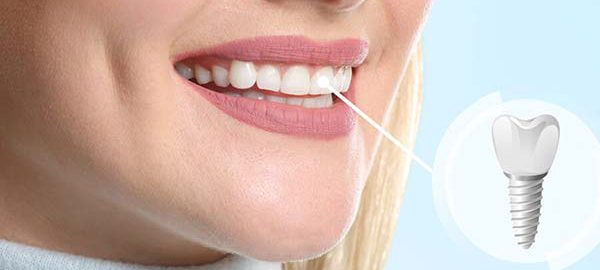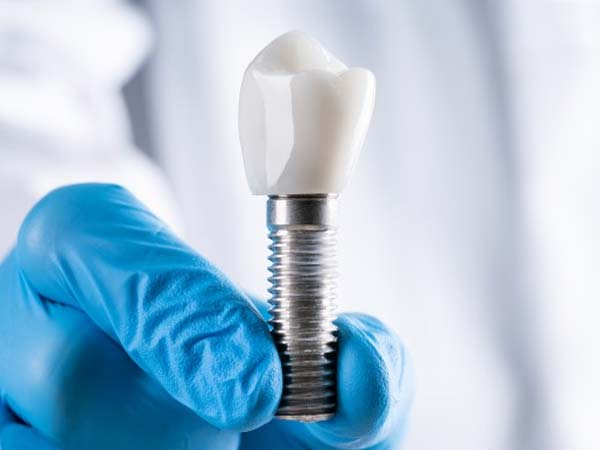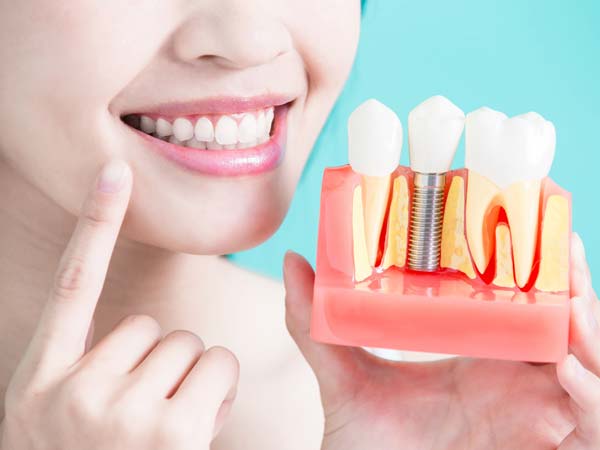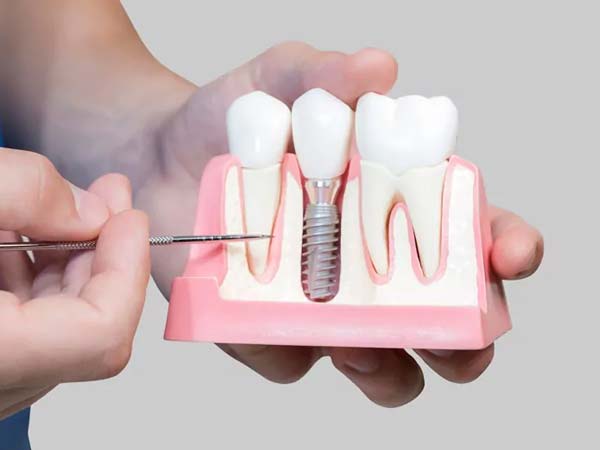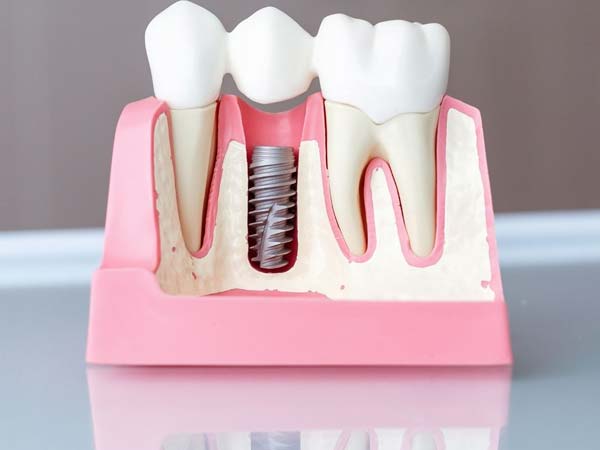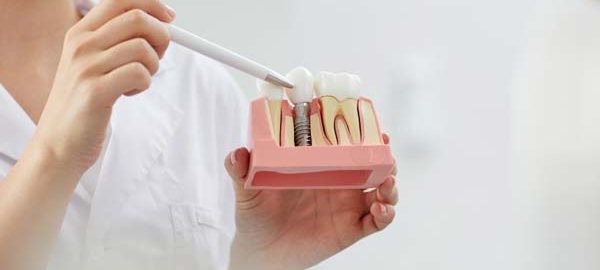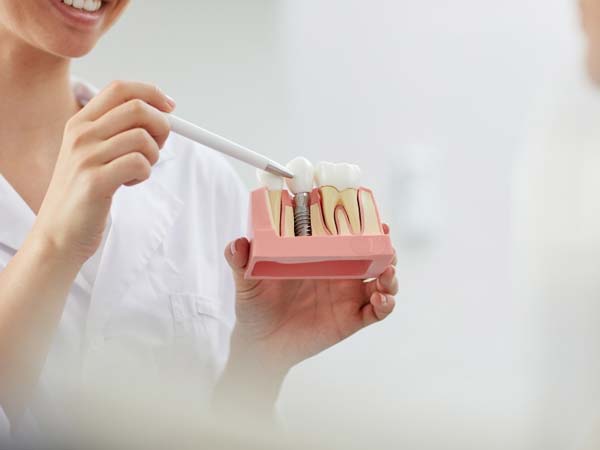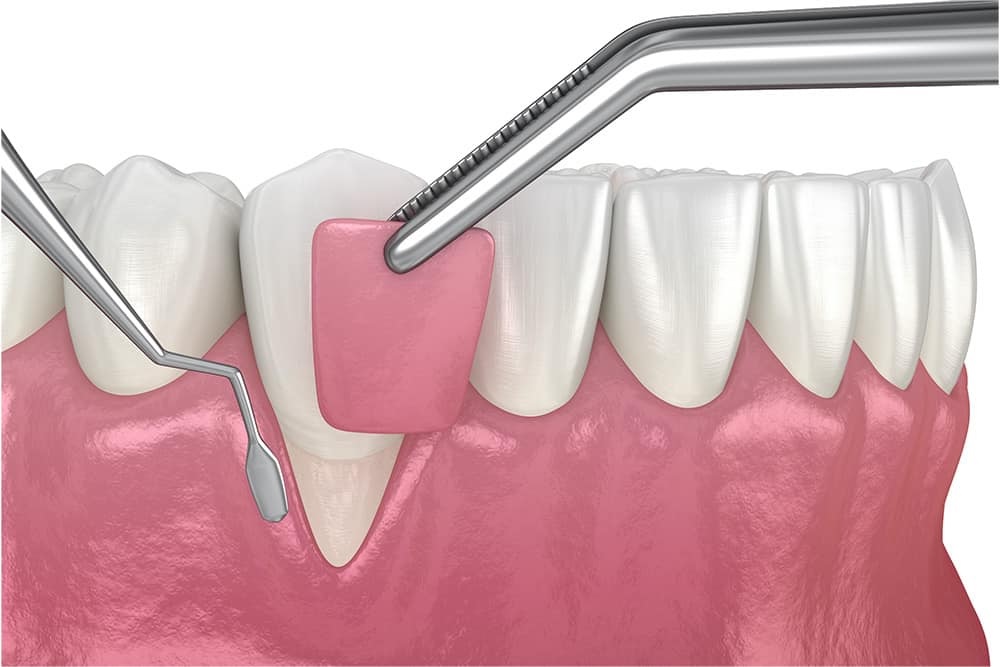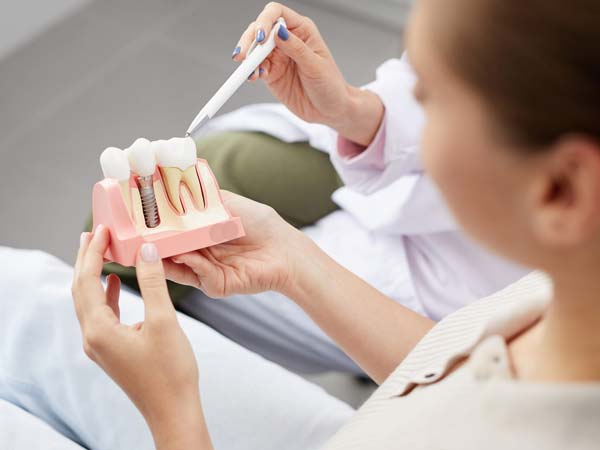
Multiple Implants: Restore Your Smile with Dental Implants
If you’re missing multiple teeth, dental implants offer a reliable and long-lasting solution to restore your smile and improve your oral health. Multiple implants, also known as implant-supported bridges or implant-supported dentures, are designed to replace several missing teeth in a secure and natural-looking manner. Let’s explore multiple implants in more detail and discover how they can transform your smile.
What are Multiple Implants?
Multiple implants involve the placement of two or more dental implants to support a dental bridge or denture. Dental implants are titanium posts that are surgically placed into the jawbone, acting as artificial tooth roots. These implants provide a stable foundation for the replacement teeth, ensuring optimal function and aesthetics.
The Multiple Implant Procedure:
- Initial Consultation: During your initial consultation, your dentist will evaluate your oral health, discuss your smile goals, and determine if multiple implants are the right option for you. They will assess the condition of your jawbone and create a personalized treatment plan.
- Implant Placement: The first step in the process is the surgical placement of the dental implants. Your dentist will make small incisions in the gum tissue to access the jawbone and carefully insert the implants. The number of implants placed will depend on the number of missing teeth and the stability required for the restoration.
- Osseointegration: After the implants are placed, a healing period of a few months is necessary for osseointegration to occur. This is when the implants fuse with the surrounding bone, creating a strong and stable foundation for the replacement teeth.
- Abutment Placement: Once osseointegration is complete, your dentist will attach abutments to the implants. Abutments are connectors that protrude above the gum line and provide support for the dental bridge or denture.
- Final Restoration: The final step is the fabrication and placement of the dental bridge or denture. The restoration will be custom-made to match the color, shape, and size of your natural teeth, ensuring a seamless and natural-looking result. The bridge or denture will be securely attached to the abutments, providing a functional and aesthetic replacement for your missing teeth.
Benefits of Multiple Implants:
- Enhanced Functionality: Multiple implants offer improved chewing ability, allowing you to enjoy a varied diet and maintain proper nutrition. The stability provided by the implants ensures that the replacement teeth function just like natural teeth.
- Aesthetics: Multiple implants provide a natural-looking smile restoration. The replacement teeth are custom-made to match the color, shape, and size of your existing teeth, resulting in a seamless and harmonious appearance.
- Bone Preservation: Dental implants stimulate the jawbone, helping to prevent bone loss and maintaining the facial structure. This helps preserve your oral health and prevents the deterioration of the jawbone that can occur with missing teeth.
- Durability: With proper care and regular dental check-ups, multiple implants can last for many years. They are a long-term solution for replacing missing teeth, offering a durable and reliable option.
- Improved Confidence: Multiple implants can significantly enhance your self-confidence. They provide a complete and functional smile, allowing you to speak, eat, and smile with confidence, without worrying about loose or ill-fitting dentures.
Restore Your Smile with Multiple Implants:
If you’re missing multiple teeth and seeking a permanent solution, multiple implants can help you regain a confident and functional smile. Consult with an experienced dental professional to determine if multiple implants are the right option for your specific needs. Enjoy the benefits of a restored smile, improved oral health, and enhanced quality of life with multiple implants.
FAQs (Frequently Asked Questions)
- How many dental implants do I need for multiple missing teeth? The number of dental implants needed for multiple missing teeth depends on various factors, such as the location and condition of the missing teeth, jawbone density, and the stability required. Your dentist will conduct a thorough evaluation and create a personalized treatment plan based on your specific situation.
- Can I eat normally with multiple implants? Yes, multiple implants provide excellent stability and function, allowing you to eat a wide variety of foods with confidence. You can enjoy your favorite meals without any restrictions.
- How long do multiple implants last? With proper care and maintenance, multiple implants can last a lifetime. It’s important to practice good oral hygiene, visit your dentist regularly, and avoid habits such as smoking that can negatively affect the longevity of the implants.
- Are multiple implants removable? Multiple implants supporting a dental bridge or denture are typically fixed in place and not removable by the patient. This ensures stability and comfort while speaking and eating.
- Is the placement of multiple implants painful? The placement of multiple implants is performed under local anesthesia, ensuring a comfortable experience for the patient. You may experience some mild discomfort following the procedure, which can be managed with over-the-counter pain medications recommended by your dentist.





